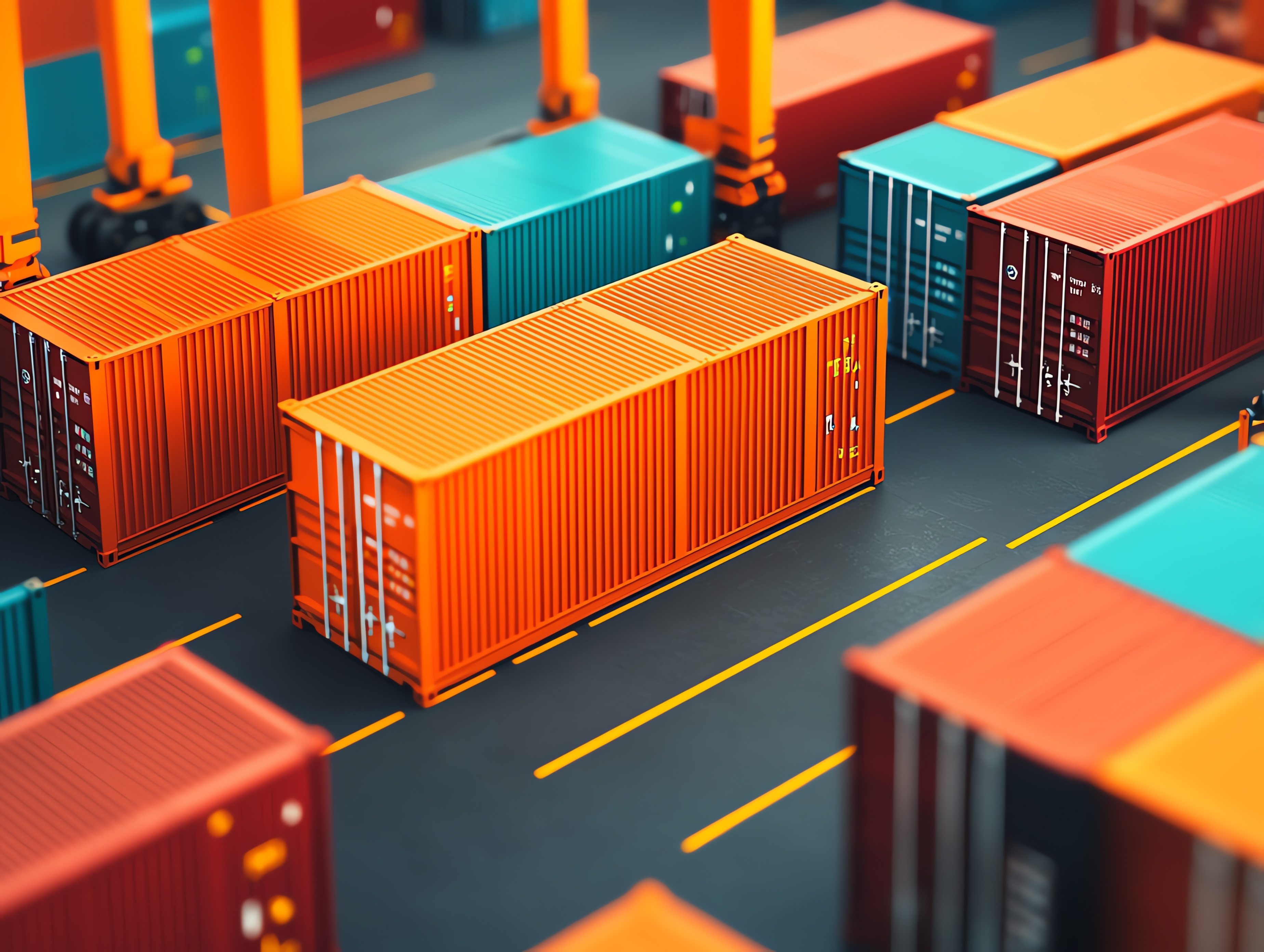Investment Outlook: Understanding Tariffs: The Good, the bad, and the Complex

A tariff is a tax imposed by a government on imported goods. The primary function of a tariff is to make foreign products more expensive, thereby encouraging consumers to buy domestically produced alternatives. Tariffs come in different forms, including specific tariffs - a fixed fee per unit of imported goods, and ad valorem tariffs - a percentage of the goods' value. While it serves as a tool for economic policy, the implications can be wide-ranging.
The Potential Benefits of Tariffs
For policymakers and domestic industries, tariffs can be an attractive economic instrument. Here’s why:
- Protecting Domestic Industries – By making imported goods more expensive, tariffs help level the playing field for domestic producers. This can be especially useful in developing industries that might otherwise struggle to compete with foreign companies that benefit from lower production costs.
- Job Creation – If domestic manufacturers receive a boost in demand due to tariffs, they may expand operations, leading to increased employment opportunities. In industries like steel, textiles, and electronics, tariffs can help sustain jobs that might otherwise be lost to lower cost offshore competitors.
- National Security – Certain tariffs are justified on the grounds of national security. Governments may want to ensure they have a strong domestic production base for critical industries like defense, energy, or pharmaceuticals.
- Revenue Generation – Tariffs can serve as a source of government revenue. Before the advent of income taxes, tariffs were a primary way for governments to fund operations. While less critical today, they still contribute to national budgets.
The Potential Downsides of Tariffs
Despite their advantages, tariffs can introduce significant drawbacks that policymakers must consider:
- Higher Costs for Consumers – Tariffs often lead to higher prices for goods, as businesses pass on the additional costs to consumers. This can be particularly painful for everyday products like clothing, electronics, and automobiles.
- Trade Wars and Retaliation – When one country imposes tariffs, others may respond in kind. This tit-for-tat escalation can harm exporters and global supply chains, reducing economic efficiency and increasing uncertainty.
- Reduced Competitiveness – While tariffs may protect domestic industries in the short run, it can lead to complacency. Without foreign competition pushing for innovation and efficiency, domestic industries may become less competitive over time.
- Impact on Global Relations – Tariffs can strain international trade relationships. Countries reliant on exports may see tariffs as hostile actions, potentially affecting diplomatic and economic alliances.
Tariffs are a powerful economic tool with both benefits and drawbacks. While it can help protect domestic industries and create jobs, it also risks raising consumer prices and triggering trade disputes. The challenge for policymakers is to strike a balance by leveraging tariffs where necessary while ensuring it doesn’t do more harm than good. As with most economic policies, the effectiveness of tariffs depends on implementation and the broader global economic environment. The long-term effects of this administration’s tariff policy remain to be seen. At the onset, investors have taken the erratic and somewhat inconsistent policies negatively.
